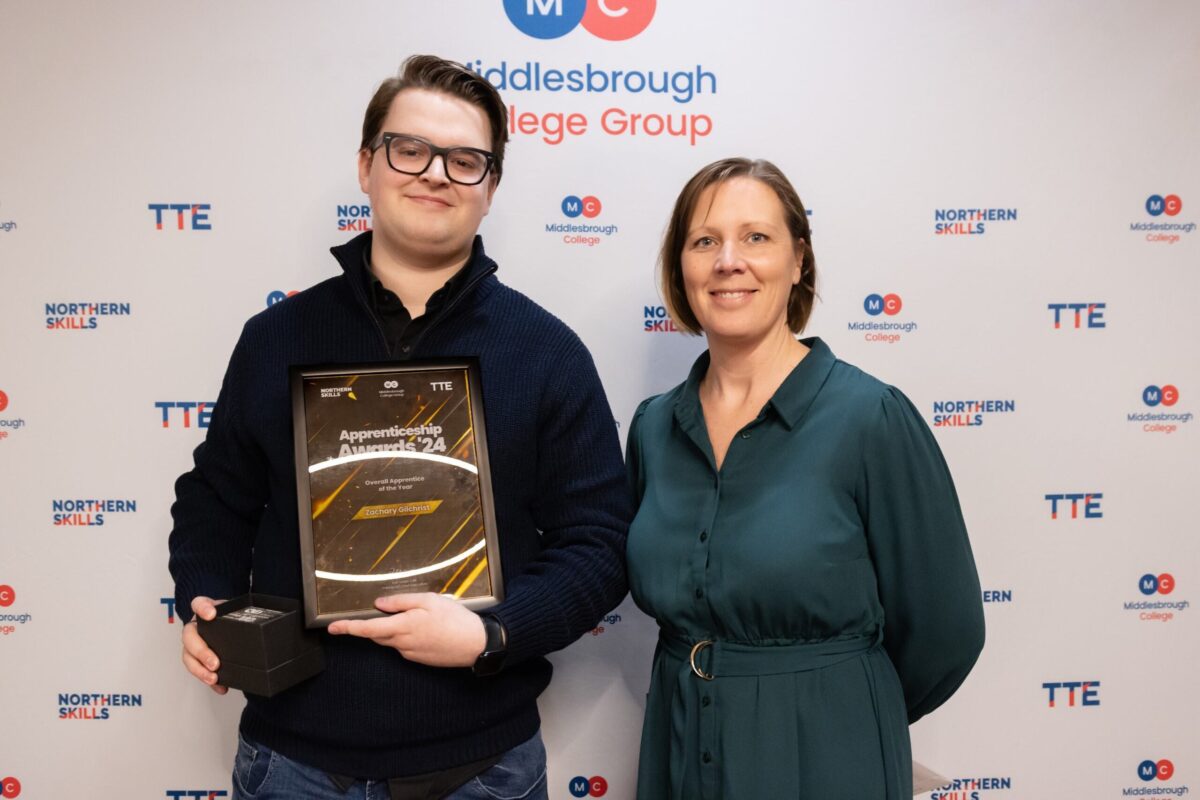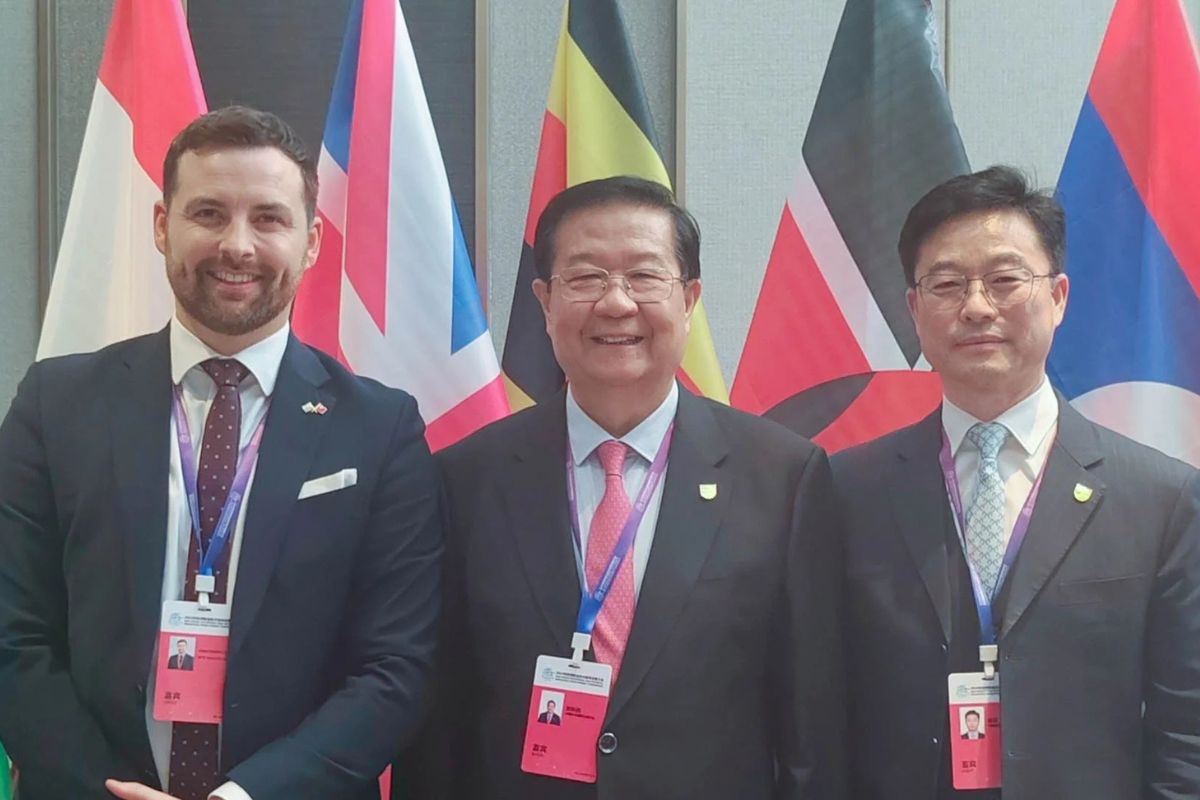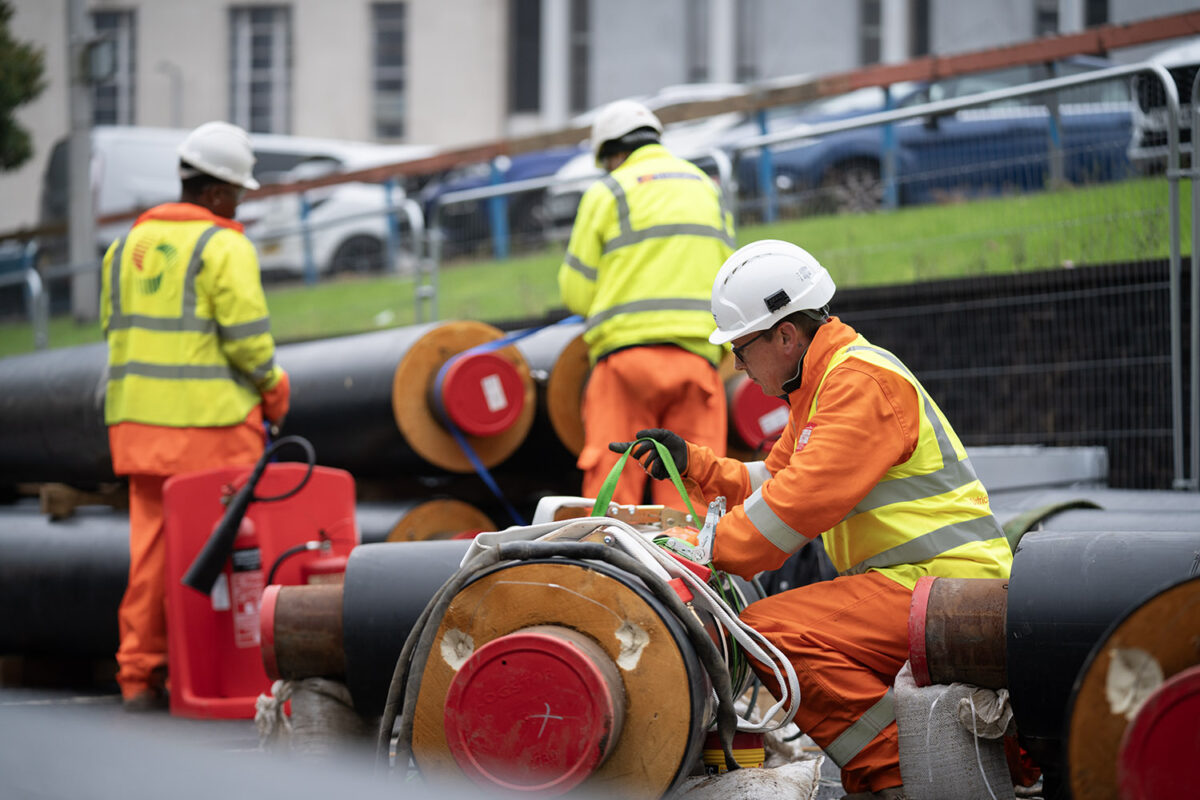Little Progress in Opening up top universities top poorer Pupils in 25 Years Despite Huge Increase In Student Numbers

- Russell Group share of disadvantaged and low participation area students has declined since 1997 compared to the rest of the sector.
- 4,700 state school students and 1,000 students from areas of the country with low historic participation ‘missing’ from 30 most selective universities each year – these students have the required grades but don’t get places.
- Students from London considerably more likely both to apply and to go on to attend higher education, with the rest of the country falling further behind each year.
A major study of higher education trends over the past 25 years, published today by the Sutton Trust, reveals persistent access gaps for poorer students, particularly at the most selective universities. The data, from a unique dataset compiled by dataHE for the Sutton Trust, shows that despite huge expansion of higher education, the progress that has been made in closing access gaps at top universities between state and independent school pupils has not translated into significantly more equal representation of poorer young people.
Entry rates to university have increased substantially over the last 25 years, with 50% of young people going on to higher education for the first time in 2017. Overall access for young people who attended state schools has improved, with state school students making up 90% of students going into English universities in 2020 compared to 82% in 1997. This shift has been particularly pronounced at Oxbridge, where the proportion of state school pupils has increased from around a half in 1997 to more than two thirds now. The proportion of the student population from areas with the lowest historic participation in higher education (POLAR) has increased from 7% to 12%. However, the gap in entry rates between the highest and lowest participation areas is still substantial, having only decreased by two percentage points since 2006.
In 2004, the Trust looked at the 30 most selective universities, and identified the ‘Missing 3,000’ state school pupils every year who had the grades to access them but did not get places. In 2020, there were 4,700 ‘missing’ state school pupils from these top universities, an increase in line with the growth in the student population. This means the proportion of ‘missing’ students has not changed over this period. Young people from areas with low historic participation in higher education are less likely to achieve the grades needed for these top universities, but in 2020 there were 1,000 such ‘missing’ students who achieved the grades but did not enter these institutions.
At the prestigious Russell Group universities specifically, there are similar trends. Against the sector average, Russell Group providers have a share of students from disadvantaged backgrounds that is considerably lower on several measures; state school students, students from a low socio-economic group and those from lower participation areas (POLAR). Levels of low participation POLAR groups were 35% below the sector average in 1997 and have since declined to 38% below the average. In contrast, the state school gap decreased from about 15% below the average to 12% below the average.
The Sutton Trust says that these trends highlight the scale of the challenge for the next government to ensure young people from all backgrounds have fair opportunities to fulfil their potential. The social mobility charity says the unequal access more advantaged young people have to study at the most prestigious institutions helps maintain their advantage in the labour market.
The study also reveals major regional disparities in access to higher education. Young people from London are considerably more likely to both apply to and attend university. Entry rates for this group rose from 29% in 2006 to 51% in 2022. In 2006, London’s entry rate was 20% higher than other regions, but by 2022, it had risen to 45% higher. Scotland (30%), the North East (30%), the South West (31%) and Wales (32%) have the lowest entry rates.
Looking at university entry rates by ethnicity, in 2006, Black young people were less likely than other groups to attend university, but by 2022 were almost 50% above other groups. Asian young people have seen a similar positive trajectory. This is a major success story for access. In contrast, White young people have the lowest university entry rates, and are falling further behind. In 2006 the entry rate for White young people was 24%, rising to 34% in 2022 but well below the 53% for Black young people. However, while White young people are under-represented in higher education generally, this gap is less pronounced at more prestigious universities.
The Sutton Trust says that to tackle the access gap, universities should make greater use of contextual offers, taking into account the wider circumstances of applicants when accessing their potential, and should be held to account on their progress in widening participation. However, it concludes that in the longer term, more fundamental change in access issues at university level can only be achieved if there is action to close the education attainment gap earlier on.
Sir Peter Lampl, Founder and Chairman of the Sutton Trust and Chairman of the Education Endowment Foundation, said:
‘Since Tony Blair said his priorities were ‘education, education, education’ 25 years ago, we have seen successive governments deprioritise it, at the expense of the least advantaged young people. It’s true that there has been progress in the share of top university places between state and private school pupils. This is particularly pronounced at Oxbridge, where the proportion of state school pupils has increased from around a half in 1997 to more than two thirds now. But 93% of children are educated at state schools and there is huge variation among them in the quality of education they receive and their socio-economic backgrounds.
‘This research shows that it’s the better off of those state school pupils whose opportunities have improved, but progress for the least advantaged is disappointing. Efforts bygovernment, universities and the Sutton Trust over many years to improve access for these youngsters have been running to stand still, against growing educational and economic inequalities. In order to improve young people’s life chances, education must be prioritised through sustained investment and focus on closing the attainment gap.’










Responses